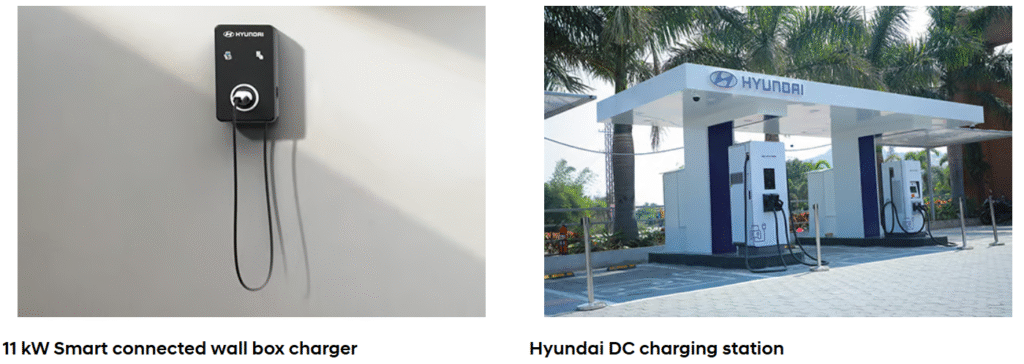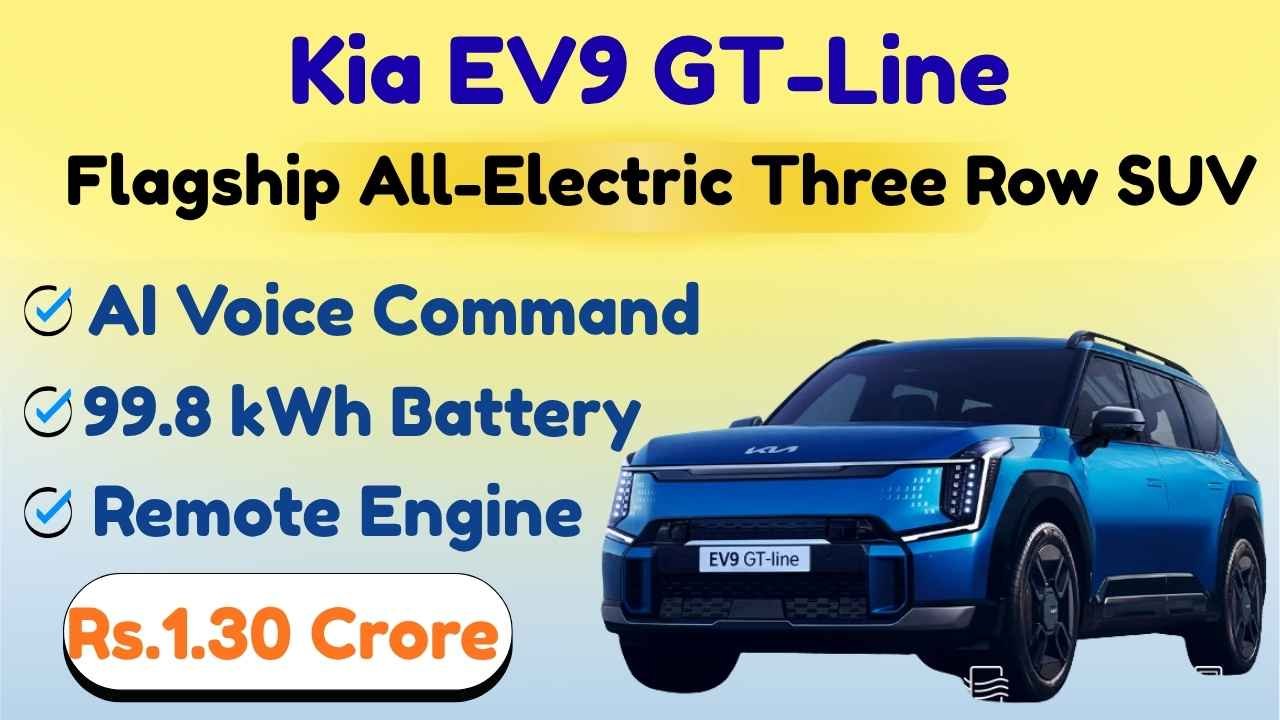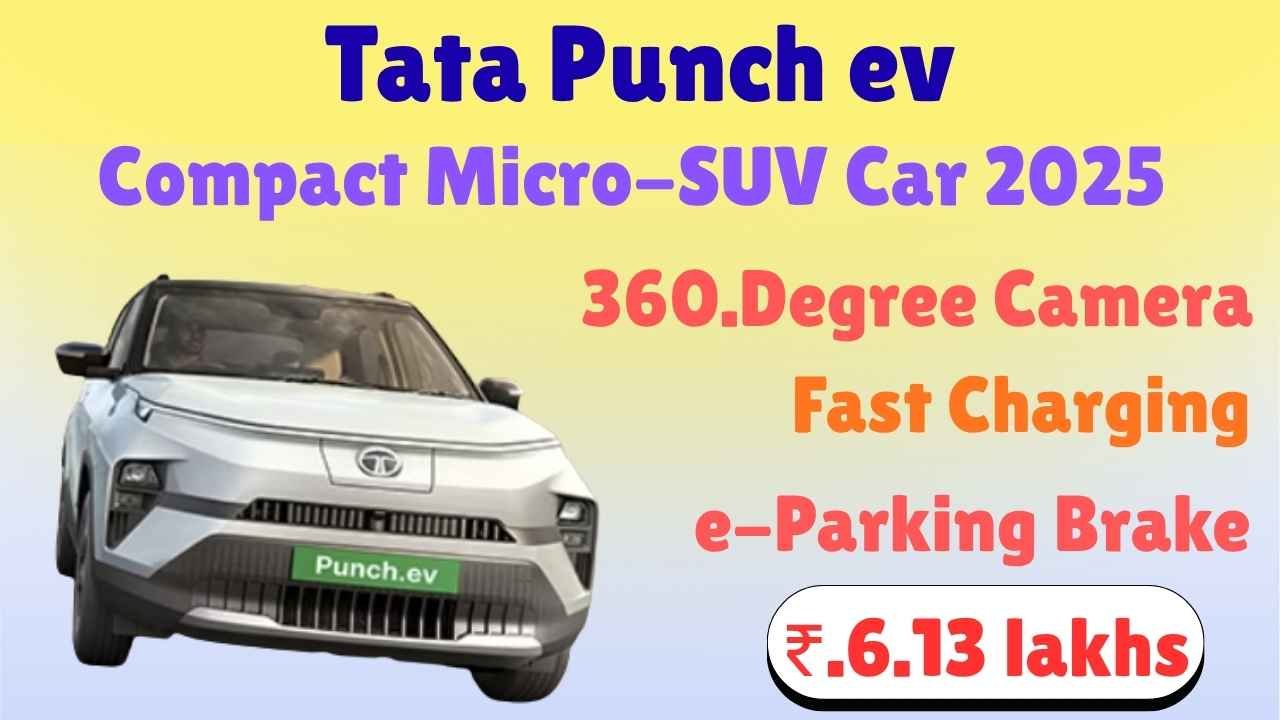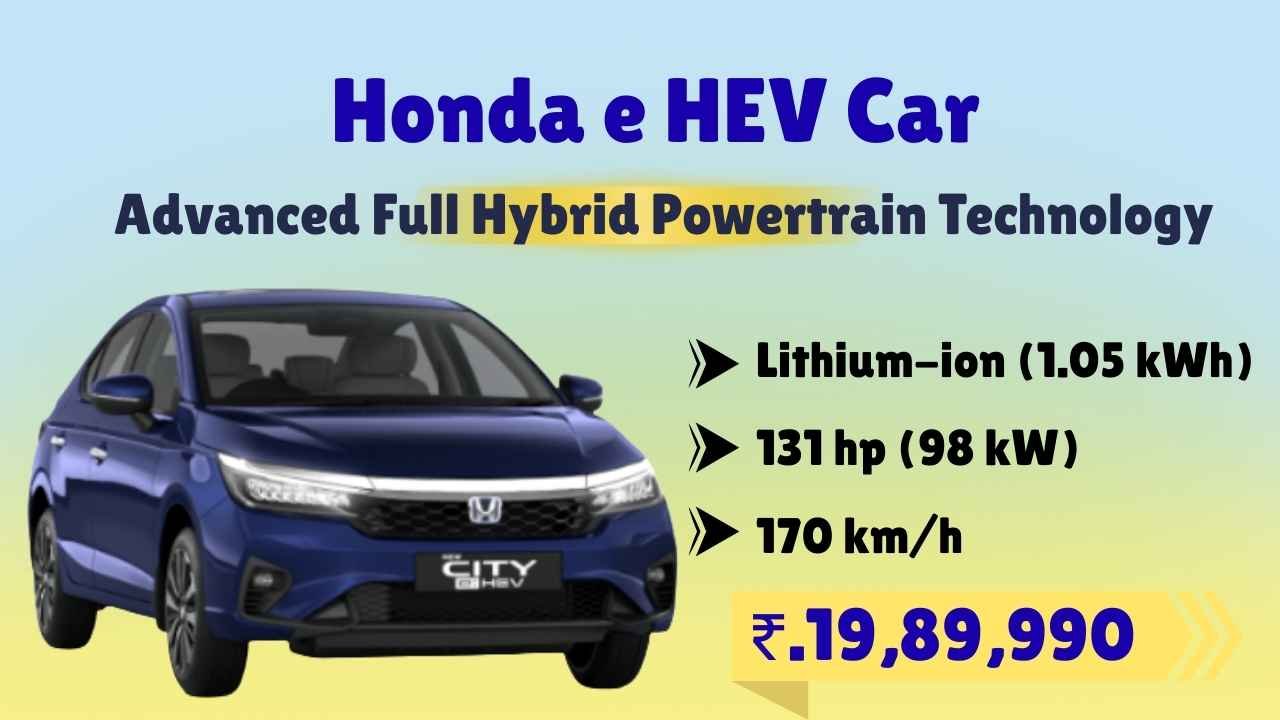Hyundai Creta Electric 2025!
Hyundai Creta Electric launched in India at the Bharat Mobility Global Expo, is a compact electric SUV designed to compete with models are the Tata Curvv EV, Maruti e-Vitara, MG ZS EV, and Mahindra BE 6. It builds on the popularity of the Creta brand, offering a blend of familiar design, advanced technology, and eco-friendly performance. Below is a detailed overview based on available information.

Hyundai Creta Electric Price :
Ex-showroom prices start at ₹17.99 lakh for the base Executive 42kWh variant and go up to ₹24.38 lakh for the top-end Excellence 51.4 kWh LR (HC) Dual Tone/Matte trim. On-road prices in Delhi range from ₹19.12 lakh to ₹25.81 lakh. Variants: Available in six variants: Executive, Smart, Smart (O), Smart (O) LR, Premium, and Excellence. EMI: Starts at approximately ₹36,477 in India, depending on the city and financing terms.
Hyundai Creta Electric Battery:
42 kWh: Produces 133 bhp and 255 Nm of torque, with an MIDC-claimed range of 390 km. Available in Executive, Smart, Smart (O), and Premium trims. 51.4 kWh: Produces 169 bhp and 255 Nm of torque, with an MIDC-claimed range of 473 km. Available in Smart (O) and Excellence trims. Accelerates from 0–100 km/h in 7.9 seconds.
Real-World Range:
CarWale testing reported 407 km for the 51.4 kWh variant, achieving 86% of the MIDC-claimed range. Drive Modes: Eco, Normal, and Sport. Eco maximizes range, while Sport enhances power delivery and responsiveness. Drivetrain: Front-wheel drive (FWD). Regenerative Braking: Offers multiple levels, including single-pedal drive and an Auto mode using ADAS cameras to adjust braking based on traffic.

Hyundai Creta Electric Charging:
DC Fast Charging (50 kW): 10% to 80% in 58 minutes for both battery options. AC Home Charging (11 kW):
42 kWh: 10% to 100% in 4 hours. 51.4 kWh: 10% to 100% in 4 hours 50 minutes.
Vehicle-to-Load (V2L):
Available in Premium (42 kWh) and Excellence (51.4 kWh) trims, allowing the SUV to power appliances inside or outside with a payable V2L connector gun for outdoor use.
Ray-Ban Meta Wayfarer Smart Glasses
Design and Exterior:
Styling:
Retains the core design of the ICE Creta (launched January 2024) but with EV-specific tweaks:
Front:
Pixelated-pattern closed grille with an integrated charging flap behind the logo, active air flaps for battery cooling, and LED headlights with connected DRLs. Side: Similar to ICE Creta, with 17-inch aero-optimized alloy wheels (standard across variants) and a visible battery pack underneath. Rear: Updated bumper with pixel detailing and low-placed reverse lamps.

Colours:
10 options, including 8 monotone (Ocean Blue, Atlas White, Fiery Red, Abyss Black, Starry Night, Ocean Blue Matte, Robust Emerald Matte, Titan Grey Matte) and 2 dual-tone (Ocean Blue/Atlas White with black roof). Dimensions: Length 4,340 mm, width 1,790 mm, wheelbase 2,610 mm, ground clearance 190 mm. Build: Uses Advanced High-Strength Steel (AHSS) and High-Strength Steel (HSS) for structural integrity.
Interior and Features:
Cabin Design: Mirrors the ICE Creta with a premium white-and-black colour scheme, leatherette dashboard, and a new three-spoke steering wheel with Morse-code “H” logo (similar to Ioniq 5). Displays: Dual 10.25-inch curvilinear screens (infotainment and driver’s console) with EV-specific UI, supporting wireless Apple CarPlay and Android Auto.

Key Features:
Electric panoramic sunroof, ventilated front seats, 8-way powered driver seat with memory settings, and boss mode for front passenger seat adjustment. Dual-zone automatic climate control, 8-speaker Bose sound system, wireless charging, and in-car payment system for EV charging. Digital key with NFC for locking/unlocking via smartphone. Shift-by-wire gear selector on the steering column (may interfere with tall drivers’ knees).
Storage: 433-litre boot, sufficient for two medium-sized bags and 3-4 soft bags, though shallow with the parcel tray. Comfort: Noted for high comfort, though rear seating is best for two adults and a child due to space constraints.
Safety:
52 safety features, including 6 airbags, all-wheel disc brakes, electronic parking brake with auto-hold, Hill-Start Assist Control (HAC), Hill Descent Control (HDC), Electronic Stability Control (ESC), Vehicle Stability Management (VSM), and Tyre Pressure Monitoring System (TPMS).
Advanced Safety: Level 2 ADAS (19 functions) on higher trims, including Lane Keeping Assist, Forward Collision Warning, Blind Spot Collision Warning, Smart Cruise Control with stop-and-go, and a 360-degree camera with blind-spot monitoring.
Competitors and Market Position:
Competes in the compact electric SUV segment against Tata Curvv EV, Maruti e-Vitara, MG ZS EV, and Mahindra BE 6. Market Strategy: Hyundai leverages the Creta’s strong brand equity (over 1.2 million units sold, #1 mid-size SUV in India since 2015) to boost EV adoption, aiming to challenge Tata Motors’ dominance in India’s EV market. User Reception: Rated 95% by users for styling and comfort, though some note mileage and value for money as less impressive.
Charging and Practicality:
Charging Infrastructure: Can be charged at home with a standard 11 kW wall box or at DC fast-charging stations. The in-car payment system simplifies EV charging. Practicality: Suitable for city commuting and sedate driving, with a real-world range of 300–320 km for the 42 kWh variant, per user posts on X. The V2L feature enhances versatility for powering appliances.
Pros:
Familiar yet premium design with EV-specific enhancements. Feature-rich cabin with Level 2 ADAS, panoramic sunroof, and digital key. Respectable range (407 km real-world for 51.4 kWh) and quick acceleration (7.9 seconds 0–100 km/h). Reliable electronics and good build quality.
Cons:
Rear seat comfort limited for three adults. Boot space is shallow, limiting luggage capacity. Plastic quality on dashboard and doors could be improved. Overpriced for some, with calls for government intervention to lower costs.











Leave a Reply